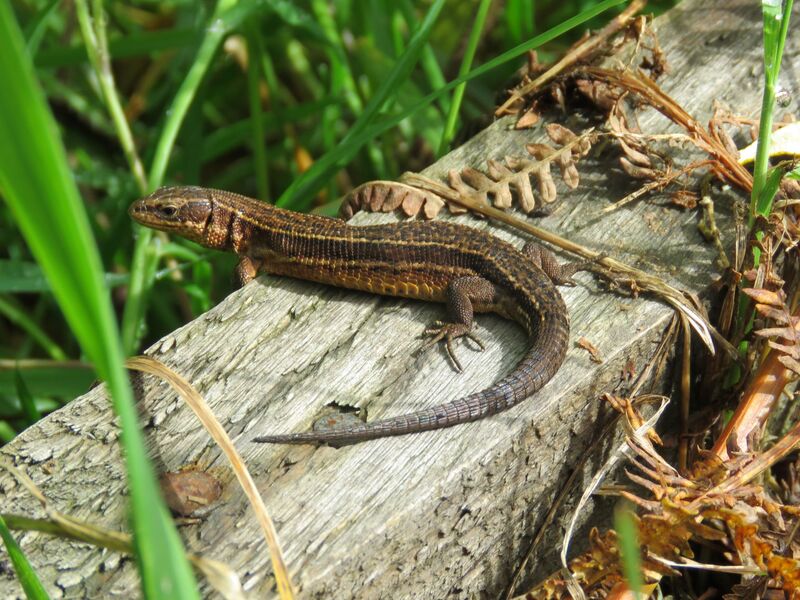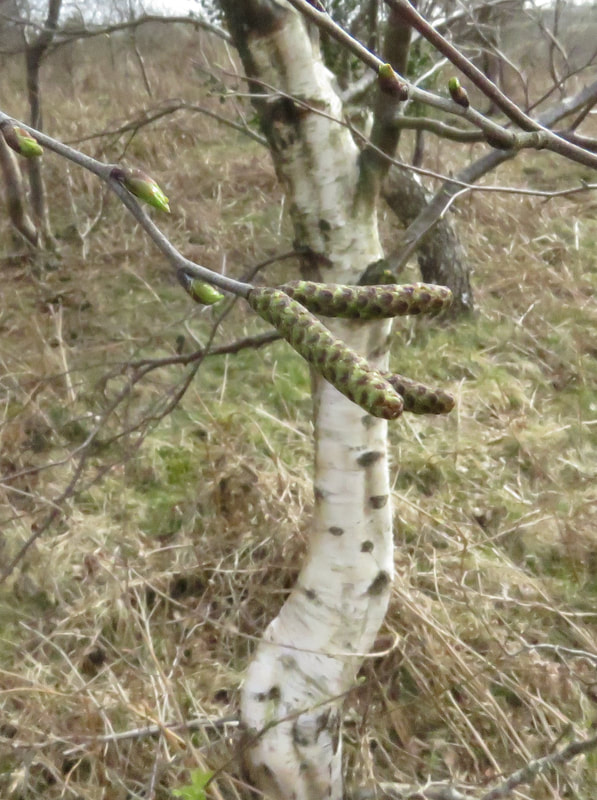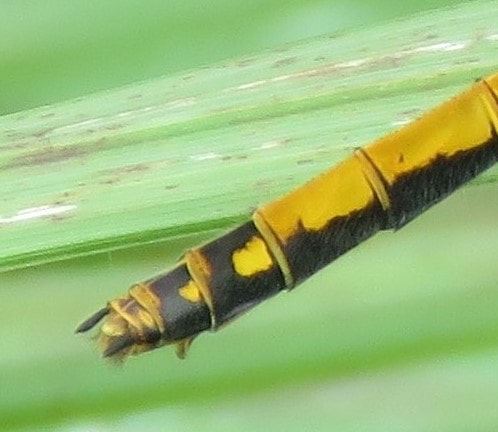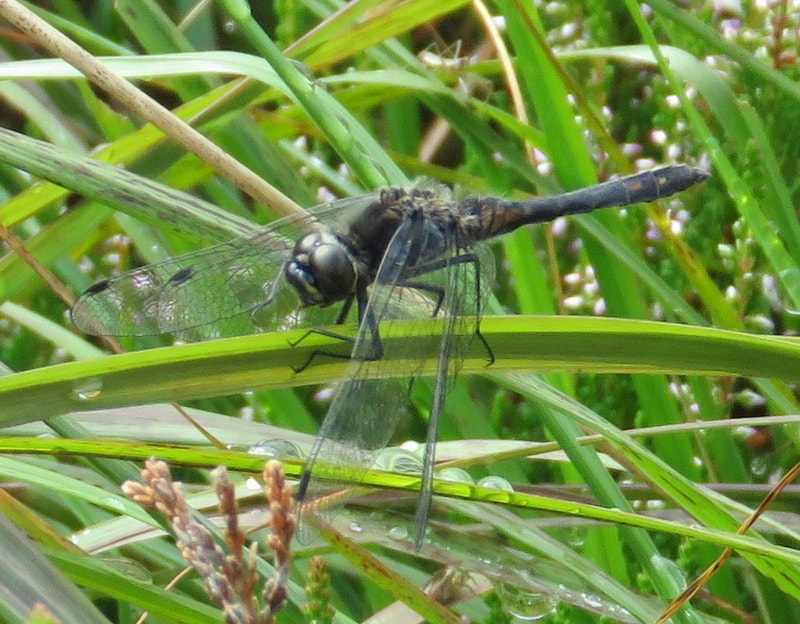 Cross-leaved heath with pink flowers fading to ochre
Cross-leaved heath with pink flowers fading to ochre A prolonged spring drought and a wet summer affects the vegetation of the raised mires and in early August it’s rank. There's the sound of running water and raindrops stand proud on the Meathop Moss reeds. The morning is cloudy, hot and humid, so it’s ideal for a close-focus on the special plants and insects of the Reserves.
From late summer through autumn the raised mire flora of Foulshaw, Meathop and Roudsea becomes a palette of colour. Cotton grass and deer grass are lovely in autumn. Heather is now in full bloom but it fades into autumn subtleties and is a delight.
Through spring and summer of 2020 I have longed for blanket bog and upland tarns. Raised mire occurs along the coast of South Cumbria and its flora reminds me of what is to be found in the blanket bog of the fells.
I recognised and photographed a male Black Darter- it's black as its name tells. But the golden female had me puzzled. There are black markings along the side of the yellow abdomen which shows browner with age. The vulva scale projects from the underside of segment 9. With two inverted black T shapes on segments 6 and 9.
The thorax is brown on top and there's a diagnostic black triangle- partially visible in the central image. Clearly shown is a black band with three yellow spots- present in both male and female Darter.
The eye is brown, the legs black.
Thanks to Ian Brodie for identifying this Female Black Darter. I looked up
Shropshire Dragonflies
to confirm diagnostic features with my Foulshaw Moss images.T
Imagine Gilbert White in the late 19th century. No binoculars , no camera, solely attention and a lifetime of dedication.











































 RSS Feed
RSS Feed